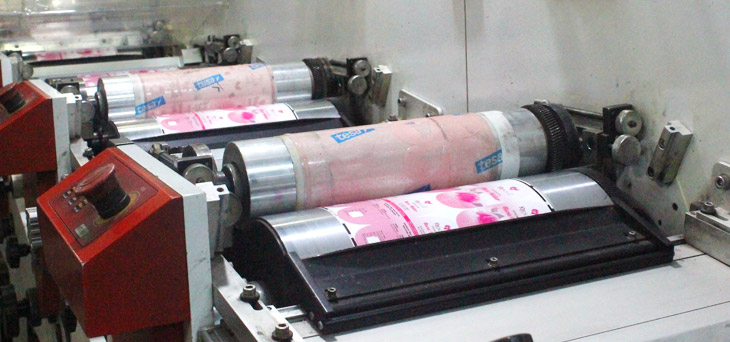In today’s fast-paced world, keeping track of all your receipts can be a challenging task. But fear not! This tremendous guide is here to provide you with remarkable, life-changing techniques on how to organize receipts in a binder. Whether you are an individual hoping to manage your personal finances better or a business owner looking for a systematic approach, this article is approved to meet your needs.
The process of organizing receipts may seem straightforward, but to get it right and keep it efficient over time requires thoughtfulness and attention to detail. With the right method, you can turn your binder into a powerful tool for record-keeping, ensuring that every transaction is accounted for and easily retrievable.

The Importance of Organizing Receipts
Before diving into the steps to organize receipts, it’s essential to understand why this task is critical. Firstly, maintaining an organized receipt system helps you track your expenses effectively. It also simplifies the process during tax season, making it easier for you to account for all deductions and protect yourself during audits.
Moreover, staying organized can help prevent overpayment, reduce financial stress, and enable you to make more calculated decisions based on actual spending. Hence, knowing how to organize receipts in a binder can be a game-changer.
Choosing the Perfect Binder
Your journey starts with selecting a binder that suits your needs. Depending on the volume of receipts and your storage space, you can choose from a small personal binder or a larger business binder.
- Durability: Select a binder with a strong spine and durable cover.
- Size: Choose one that can accommodate not just the number of receipts but also allows room for future growth.
Sorting Your Receipts
Sorting is a crucial step in organizing. Here, you break down your pile of receipts before they find a place in your binder.
- Date: Organize receipts according to chronological order.
- Category: Allocate receipts into categories such as food expenses, utilities, entertainment, etc.
Creating Labels and Dividers
With the help of labels and dividers, you can make your binder visually organized and easier to navigate. Consider custom labels that specify categories or time frames. For more information on creating functional labels, please visit this guide.
Incorporating Technology for Efficiency
The integration of technology can significantly enhance your efficiency in organizing receipts. Consider using apps or software that allow you to scan and digitize your receipts for secure storage and easy access.
If you are a tech enthusiast, consider exploring high-tech solutions for other areas, such as textile inspection or semiconductor polishing.
Consistency: The Key to Success
The process of organizing receipts isnt a one-time thing. To maintain an effective system, you should routinely update your binder, removing outdated records and adding new ones. Whether you set aside time monthly or quarterly to review your receipts, consistency is what will keep everything in check.
Regular Maintenance
Perform regular checks to ensure that your receipts are up-to-date and properly filed. This avoids discrepancies and maintains the integrity of your binder over time.
Annual Overhaul
Once a year, conduct a thorough audit of your receipts binder. Discard or archive any receipts that are older than your retention policy requires.
Top Tools for Receipt Organization
Several tools can aid in organizing your receipts more systematically. Some examples include:
- Scanner: For digitizing paper receipts.
- Receipt Apps: Offering categorized uploads and cloud storage options.

FAQ
Why should I use a binder for organizing receipts?
A binder provides a structured and physical means of categorizing and securing your receipts, making them easily accessible.
Are there digital alternatives to binders?
Yes, numerous apps and software can digitize and organize your receipts, often offering backup to the cloud for added security.
How often should I update my receipt binder?
This varies depending on your usage, but updating monthly or quarterly is generally advisable to ensure accuracy and consistency.
As an Amazon Associate, I earn from qualifying purchases.